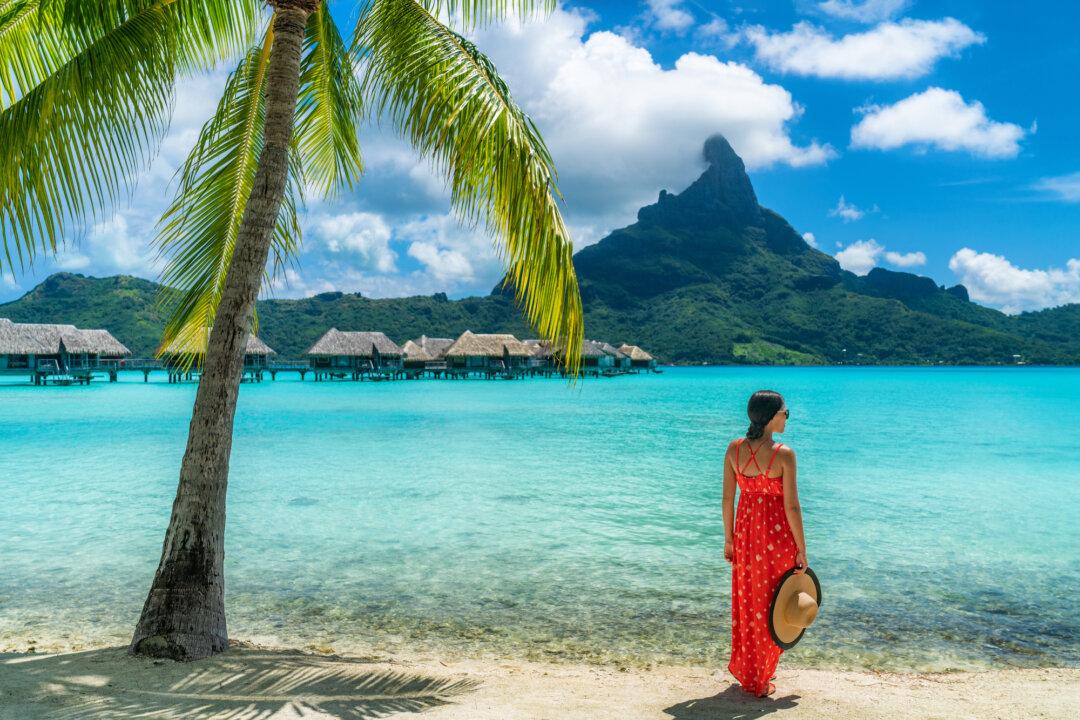When you first see those peaks, you blink your eyes, a little. Shake your head. Tell yourself it’s not a dream. An imagination-stretching, mind-bending sight, the mountain’s verdant, craggy heights look like something from a cartoon, or maybe one of those hand-drawn, vintage postcards.
For decades, the beautifully angled and uneven upper stretches of these peaks have been wowing arrivals, and for many centuries, the surrounding flanks and motus have been home to islanders, right close to the heart of the Polynesian triangle. Green on the heights. Powdery clouds above. And below, shade upon shade of blue, azure to aquamarine and beyond, more than you could splash around on a canvas with a standard set of paints.





